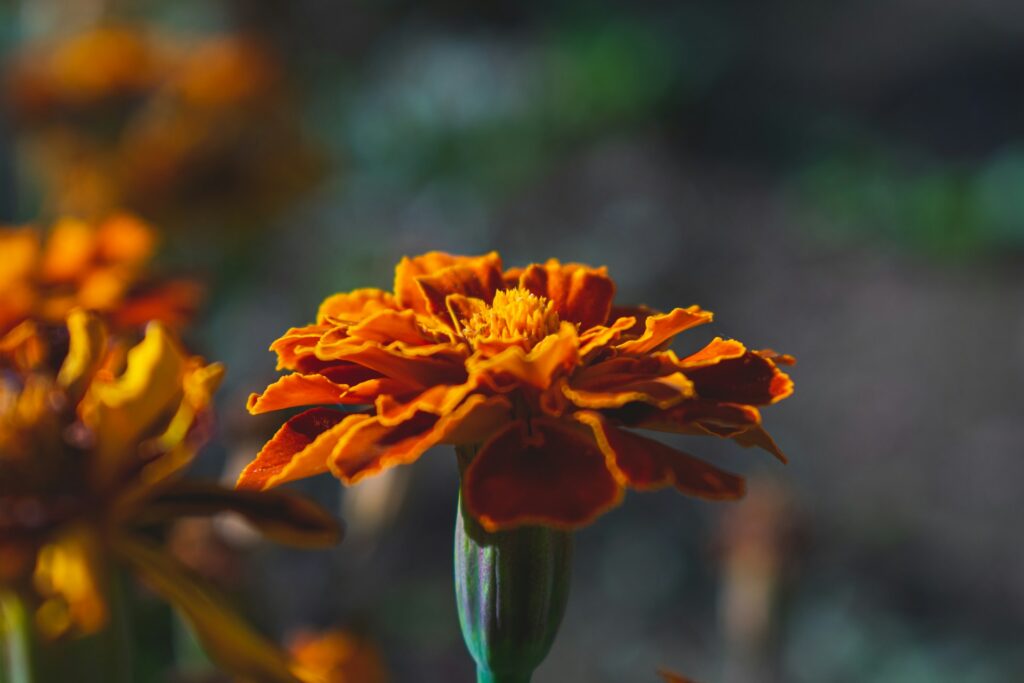Preparedness
Master Weather Prediction With These Tips
For those who live off the land, understanding the weather is not just a matter of convenience but a vital skill. Homesteaders and survivalists often rely on nature’s cues to predict the weather, allowing them to prepare for whatever conditions might arise. Here are five time-tested methods to forecast the weather, just like the mountain men of old.
Understanding atmospheric pressure is fundamental to predicting weather changes. Many natural phenomena, such as wind and rain, are directly influenced by shifts in air pressure. For those familiar with their local climate, gauging atmospheric pressure can provide significant insights into upcoming weather patterns.
One way to measure atmospheric pressure without modern gadgets is by constructing a simple barometer. This can be done using an empty bottle and a bowl of liquid, like oil. By placing the bottle upside-down in the liquid, you can observe changes: rising liquid indicates increased pressure, while falling liquid signals a drop in pressure.
If you lack these materials, starting a fire can also help assess atmospheric pressure. “If the smoke from your fire travels upward in a straight column, then air pressure is low. If falls and hovers around your camp, air pressure is high.”
Cloud observation is another ancient technique for weather prediction, offering clues up to a day in advance. Different cloud types provide different forecasts. Cirrus clouds, which are white and wispy, suggest fair weather. Cirrostratus clouds, on the other hand, indicate moisture is likely within the next 12 to 24 hours. Altostratus and altocumulus clouds both warn of impending storms, with altocumulus often preceding a storm by just a few hours. In contrast, stratocumulus clouds, which are fluffy, signal dry weather ahead. If nimbostratus clouds blanket the sky in gray, it’s probably already raining.

Wind movement is another straightforward way to gauge weather changes. Observing tree branches or simply feeling the wind with your finger can provide valuable insights. Strong winds typically result from significant pressure changes and often precede storms, whereas gentle winds suggest more stable conditions. The direction of the wind also holds clues, though these vary by region. In some areas, a westerly wind indicates fair weather, while an easterly wind might bring rain. It’s crucial to understand local wind patterns to make accurate predictions.

The moon offers another natural indicator of weather changes. A halo around the moon signifies dust particles in the atmosphere, which can herald moisture from a low-pressure system. Similarly, twinkling stars suggest a drop in air pressure. “The twinkling gets stronger when there’s a dip in air pressure,” and humid air can also enhance this effect.

Certain plants have evolved to sense and respond to weather changes, providing another tool for weather prediction. Some flowers remain closed when rain is imminent, while others, like the African Marigold, adjust their opening and closing times based on approaching rain. Observing these natural behaviors can provide early warnings of changing weather conditions.

Mastering these techniques can significantly enhance one’s ability to predict the weather, a critical skill for anyone living close to nature. By honing these methods, you can better prepare for whatever the elements might bring.
Let us know what you think, please share your thoughts in the comments below.
William
January 22, 2025 at 2:25 pm
Very interesting article. I was familiar with the makeshift barometer, the reading of the clouds and winds, but the African Marigold caught me by total surprise. Thanks.